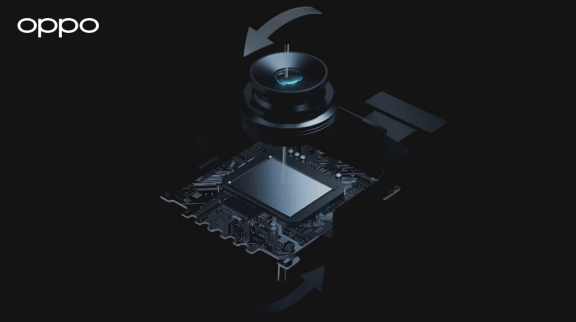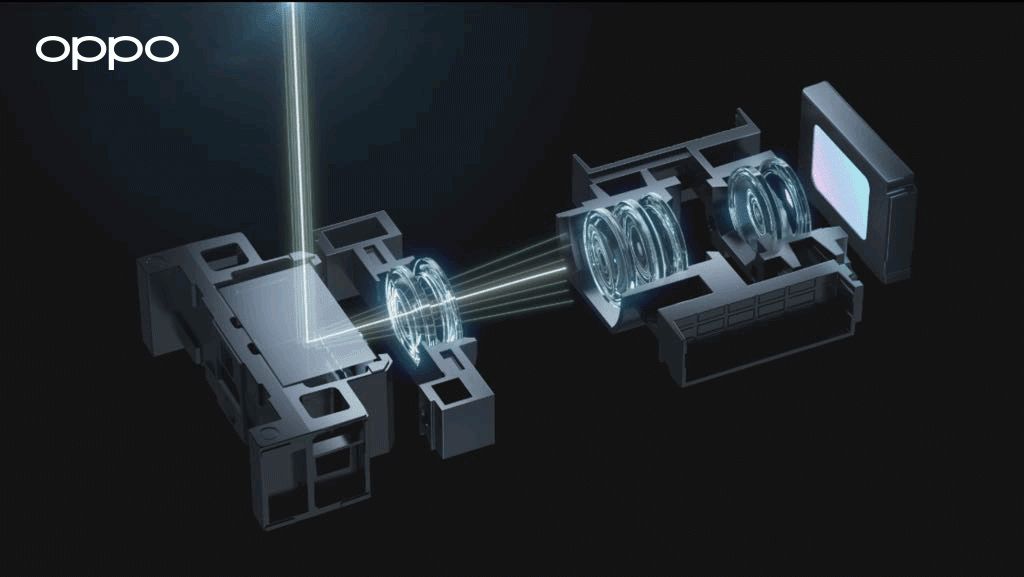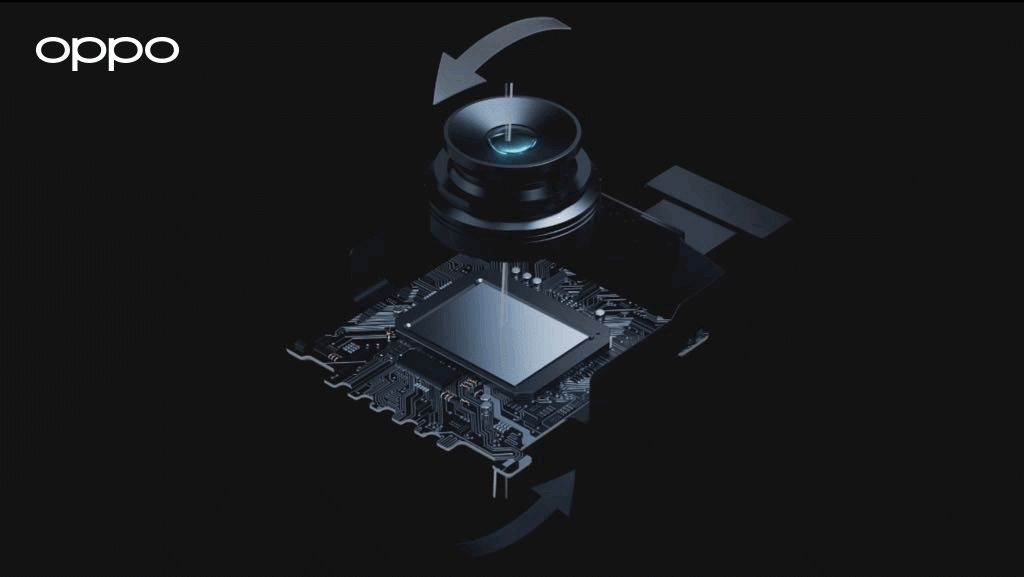After showcasing a new under-display camera earlier this month, OPPO today showcased a couple of new camera sensors that’ll debut in its future smartphones. The company says it has been focusing on self-development and optimization of underlying imaging technologies in order to enable users to “capture the beauty in life with ease”.
Next-Generation RGBW Sensor for Improved Color Performance
OPPO today showcased a new RGBW sensor that, the company claims, will improve light sensitivity by adding an “additional white sub-pixel groundbreaking, DTI technology, and OPPO’s self-developed 4-in-1 pixel algorithm.” The new sensor will let in 60% more light and at the same time will reduce noise by up to 35%, says OPPO. Just like the rumored A15 Bionic, which will allow iPhone 13 Pro models to capture portrait mode videos, OPPO’s new sensors allow the camera to capture “more expressive” photos and videos in portrait. OPPO says smartphones with the new RGBW sensor will debut in Q4, 2021.
85-200mm Continuous Optical Zoom Sensor
Along with the new color sensor, OPPO also showcased a new zoom sensor. The new zoom sensor hosts a bunch of new technology, including the glass + plastic approach, a new tunnel magnetoresistance sensor (TMR), and a new shaft motor that supports “Continuous Optical Zoom at higher magnifications.”
OPPO says the new zoom sensor allows to capture far-away landscapes with no need to crop. “Users can enjoy a smooth transition throughout the zoom range with image quality comparable to that of a professional camera,” says OPPO.
OPPO admits that adding extra moving parts in the camera sensor means increasing the number of potential failure points, so it will continue to conduct various drop tests and reliability tests before beginning mass production. OPPO says the first smartphones with the new continuous zoom lens will debut in Q1, 2022.
5-axis OIS Camera Sensor
The most interesting one out of the bunch is the new 5-axis optical image stabilization (OIS) sensor. The new tech moves both the camera lens and the ISP sensor to achieve maximum stabilization. If true, OPPO says the new camera sensor would compensate for greater shakiness, thus allowing for faster capture and better low-light performance, even when handheld.
The new tech is capable of a maximum stabilization angle of ±3°, which is 3 times more than the traditional OIS technology. “OPPO’s proprietary algorithm technology can help significantly improve stability, clarity, and color performance; increasing the vibration compensation performance by up to 65%,” claims the company. The first products with the new OIS sensor will debut in Q1, 2022.
Out of the new sensors introduced, which one do you like the most? Let us know in the comments section below!




